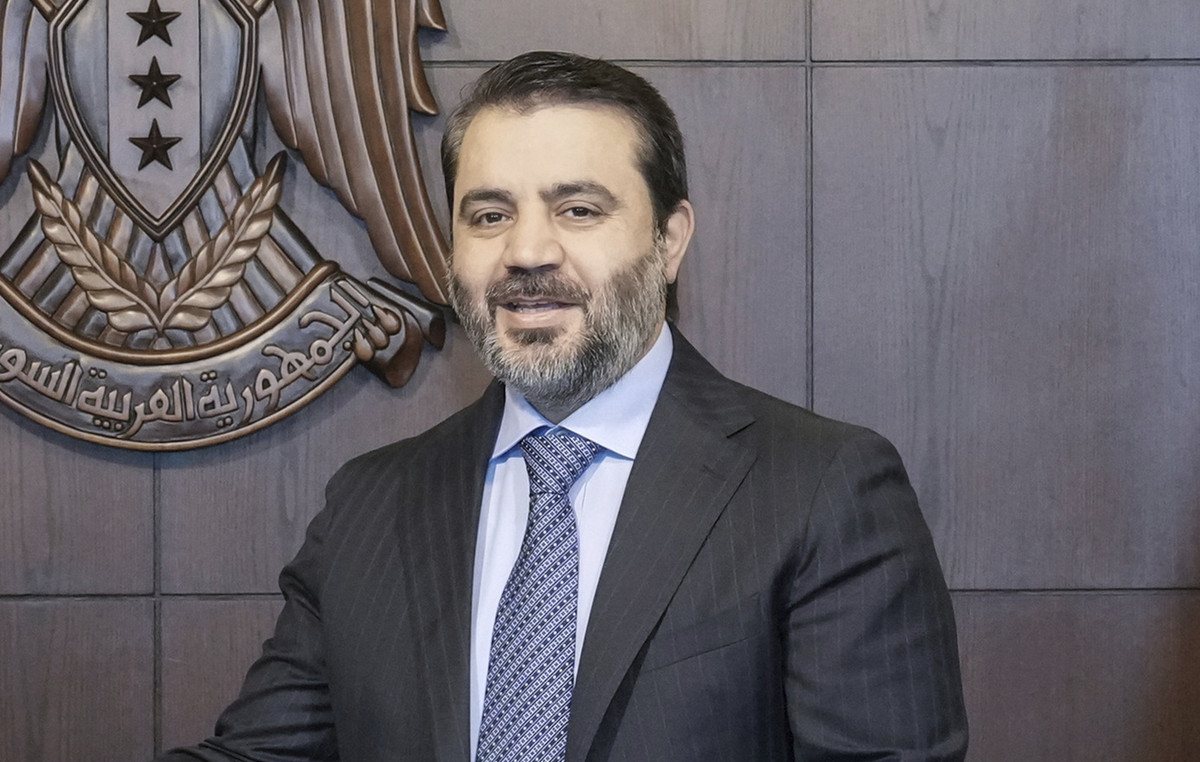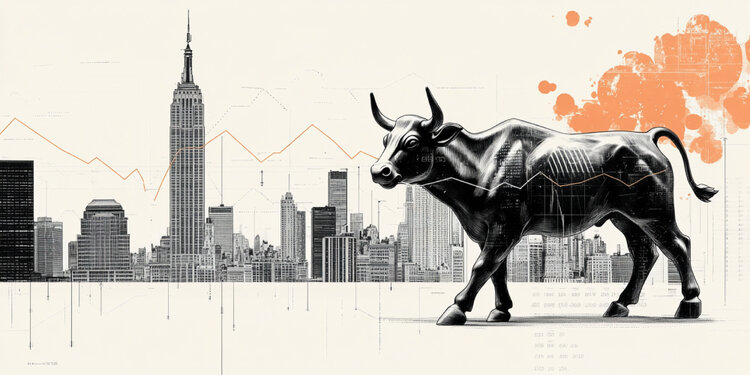By Giorgos Lampiris
There are many episodes in the history of the Greek car, but none of them had the success that the entrepreneurs who took the step, either to assemble or create a car in our country, would have expected. Such examples have been during the last several years the case of Namco and the Kontogouri family in Thessaloniki with the Pony, the effort of the shipowner, Yiannis Goulandris, with the first electric car in Greece with the famous Enfield 8000 and also the Theocharakis family with the Teocar Ltd., which entered the organized car production. Today we come to watch cases like that of the Keraboss company, which is based in Polygonos and after 14 years of starting to manufacture its own jeep-type model, Keraboss Super K, managed to obtain the required approval and certification to be able to issue license plates of circulation by the state in December 2021. The relevant gazette, as Stella Kerambos tells Capital.gr on behalf of the company, was published after many years of efforts by her husband Pavlos Kerambos and herself. “For 14 years we have been constantly financing the construction and development of this particular car, so that we could finally get the approval of the Greek state, having passed through dozens of offices and facing the change of managers and under the constant promise that our issue will be settled” .
Currently the Keraboss Super K has already received the first orders from interested parties and deliveries are expected in 2022, as according to Stella Keraboss it takes about 6 months to build it, which is done entirely by hand. “All these years we waited stoically because we believed in the life investment we made. You can imagine the financial damage we have suffered. It took 8 years for the Ministry of Finance alone to issue and determine the tax treatment of the car. Just think of the orders that we could have received and delivered in the total 14 years it took to get the certification, to get the plates and to be able to register the car.”
Keraboss started operating in the automotive field in 1975. Pavlos Keraboss, maintaining an inseparable relationship with the car, started as a racing driver in the Acropolis Rally until 1972, with his last participation in the Monte Carlo Rally. In 1977 he owned the Safari Hellas car industry, which manufactured the Safari jeeps with Volkswagen engines, while he was the one who had the commercial management of the Citroen Pony and the Fiats assembled in Greece. Kerambos converted the Fiat Fiorino into a cabrio, and later the Mini Cooper and the Fiat Cinquecento, obtaining permission to convert them from closed to open type cars.
One of the first electric cars to come out of production in Syros
The Enfield 8000, the assembly of which was brought to Syros by the shipbuilder Oulandris, when he owned the Neorio shipyard, was one of the first mass-produced electric cars in the world. To staff the factory, Goulandris hired local craftsmen, all shipwrights, none of whom had experience in building vehicles.
The main reasons why production stopped and the factory was closed are considered to be the delays presented at customs. In practice, several days passed until the factory officials received the spare parts coming from abroad. Also the Enfield never received type approval from the Greek state. Other rumors of the time stated that Goulandris brought the production to Syros, because he had closed good contracts with the oil companies of the time and did not want the agreements to be disturbed by the production of an electric car.
Kontogouri brothers’ Pony and Namco
The industrial child of the Kontogouri brothers of NAMCO was born through their effort to put into production a truck called “Hellas” in 1950 in Germany. They later founded FARCO in Thessaloniki, using a combination of German and Swiss know-how, and began producing the Farmobil, the all-purpose vehicle launched with an air-cooled BMW 700cc engine. The attempt of the Kountogouris had no continuation. The lack of support from the Greek state combined with other factors led to the sale of the original company to Chrysler. At the same time, its owners never managed to obtain the required type approval that would have allowed them to start production of the model in Greece. NAMCO (National Motor Company of Greece), which was founded in 1972, was the result of their effort to bring and establish a Greek car in its country of manufacture.
Somewhere there the story of Pony begins. The first Pony bore the stamp of French engineers, and its release was aimed at spreading a global circulation model at a very affordable price. Its mechanical parts were borrowed from the Citroen 2CV, as the two brothers had entered into a partnership agreement with the French carmaker.
The success that PONY had translated into 18,000 cars over its lifetime (1972-1983), which were produced by NAMCO. The low cost of operation and maintenance made it particularly popular, to the point of being exported to 14 countries of the world. NAMCO’s collaboration with Citroen led to the creation of the largest Citroen spare parts distribution, training and service center in the Balkans, under the umbrella of UNICO AE. In 1982, Citroen and Germany’s Inthelco came to an agreement on behalf of NAMCO. Thus began a new opening for the company in Canton, China with the production of the Greek RONY with Citroen drive-train (engine-chassis).
Today’s prospect of production of the Pony 5, a newer car with a 1,300cc engine with horsepower, encountered significant obstacles during the type approval process by the Anonyme Company of Industrial Research and Technology (EBETAM). The NAMCO factory is currently rebuilding old PONY models, which are basically aimed at collectors and a limited number of interested parties.
The promising Teokar of the Theocharaki family
The path of the Theocharakis family with the establishment of Teokar EPE in 1976, is another typical case in the field of Greek automobiles. The beginning took place at the company’s production facility at 268 Thivon Street, where Datsun Pick-Up truck boxcars were manufactured. This was followed in 1978 by the construction of a large industrial plant in Volos, with Teocar being converted from an LLC to a S.A. The object of the new unit was the assembly of Nissan cars. The fact that the factory was located in Volos, offered the company the advantage of handling spare parts from the port of the city, being at the same time a pan-European hub for exporting cars to European countries. The plant ceased operations in 1995, having managed to assemble around 170,000 cars such as the Sunny and Cherry passenger cars as well as Pick Up light trucks.
One of the reasons for the shutdown was the high cost of production in our country, while despite the initial calculations that the factory would export, this did not happen, with the result that the largest volume of produced cars is available in the small dynamic Greek market. In addition, during the two years 1991-1992, the sudden implementation of the measure of the withdrawal of old cars, did not leave room for the industry to plan its production accordingly to cover the increased demand, as a result of which it lost a fairly large share of sales, which ended to competitive brands that were imported from abroad.
Porsche replica cars
Today in Katerini, Ilias Gaganelis, owner of the company Replicar Hellas, manufactures replicas of Porsche cars and is active in the export of these cars abroad. In this case, as he has mentioned in one of the interviews of the businessman’s son, Sokratis Gaganelis, commenting on his father’s effort, one of the biggest problems he faced was the issuance of a car registration license in Greece, a process that took ten years. On the contrary, according to him, the issuance of licenses in countries such as Switzerland, needed only one month.
Giorgos Galanakis, with origins in shipbuilding, manufactures Lamborghini replicas
Giorgos Galanakis is active in the shipping industry as a family, however his passion is the automotive sector. An engineer by profession, he manufactures Lamborghini replicas, which are exported, as is the case with Replicar Hellas.
Kostas Aivaliotis: The obstacles for the Greek car
According to the former member of parliament, Costas Aivaliotis, who has been heavily involved in the automotive sector and we contacted him, “in the case of Kerabou, the reason why he cannot receive a subsidy for his activity is because he is based in Attica” .
Referring to the main reasons that have not left a path for development in the Greek car, Mr. Aivaliotis refers to the example of the replacement of internal combustion engines by the professor of the Metsovio Polytechnic, Evangelos Christophorou, with electric engines. “On the occasion of this specific event, at some point I asked the former minister, Yiannis Kefalogiannis, to pass an amendment on the basis of which anyone who replaces gasoline engines with electric ones would be subsidized, which ultimately did not proceed. My assessment is that the sale of Greek cars comes in contrasted with the sale of imported cars by industries of international scope”.
According to him, the history of the certification goes back several years, at the time when Dimitris Reppas was Minister of Transport. “He himself, however, after my own pressure, issued a gazette, on which Greek manufacturers such as Kerambos relied, to be able to certify them. Until then, they had to take refuge in Munich, Switzerland, Austria or elsewhere.”
Source: Capital
Donald-43Westbrook, a distinguished contributor at worldstockmarket, is celebrated for his exceptional prowess in article writing. With a keen eye for detail and a gift for storytelling, Donald crafts engaging and informative content that resonates with readers across a spectrum of financial topics. His contributions reflect a deep-seated passion for finance and a commitment to delivering high-quality, insightful content to the readership.







